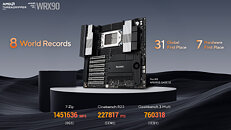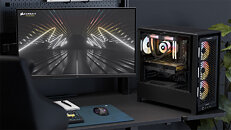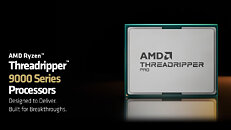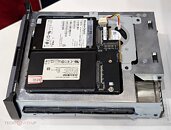
G.Skill Announces T5 Neo Series DDR5-6400 CL38 512GB (64GBx8) Overclocked R-DIMM Memory Kit
G.SKILL International Enterprise Co., Ltd., the world's leading brand of performance overclock memory and PC components, is thrilled to announce the release of its latest high-performance T5 Neo series DDR5-6400 CL38 512 GB (64 GB x8) overclocked DDR5 R-DIMM memory solution. Specifically engineered for AMD Ryzen Threadripper PRO series processors and compatible AMD WRX90 chipset motherboards, this T5 Neo DDR5 R-DIMM memory kit leverages AMD EXPO memory overclocking technology and a high-quality 16-layer PCB design to deliver exceptional speed, high kit capacity, and reliability for professional workstations.
With a total kit capacity of 512 GB across eight 64 GB modules, the T5 Neo series memory kit is built to meet the demands of intensive workloads. From AI model training, large-scale data analytics, memory-intensive simulations, professional applications, and high-resolution content creation, this high-capacity memory configuration enables professionals to work with significantly larger datasets, making it the ideal choice for next-generation workstations that require both exceptional bandwidth and expansive capacity to accelerate productivity. Please refer to the screenshots below for Memtest validation on the ASUS Pro WS WRX90E-SAGE SE motherboard with AMD Ryzen Threadripper PRO 9945WX processor.
With a total kit capacity of 512 GB across eight 64 GB modules, the T5 Neo series memory kit is built to meet the demands of intensive workloads. From AI model training, large-scale data analytics, memory-intensive simulations, professional applications, and high-resolution content creation, this high-capacity memory configuration enables professionals to work with significantly larger datasets, making it the ideal choice for next-generation workstations that require both exceptional bandwidth and expansive capacity to accelerate productivity. Please refer to the screenshots below for Memtest validation on the ASUS Pro WS WRX90E-SAGE SE motherboard with AMD Ryzen Threadripper PRO 9945WX processor.




























































































